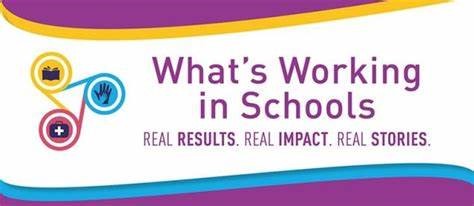About

What to know
- Depression and anxiety are common among U.S. youth1 and adults.
- People with depression may have sad moods lasting for a long time that interfere with daily functioning.2 People with anxiety may have persistent, intense feelings of anxiety, fear, worry, or panic.2
- Depression and anxiety can be effectively treated, managed, and prevented. Seek help when you spot the signs and symptoms of depression or anxiety.
- Access to effective treatment along with safe, stable relationships and supportive environments can increase well-being for people living with mental health conditions.
Youth depression data
National & by state: Youth experiencing symptoms of depression
Most recent 2023 data show 40% or 2 in 5 U.S. high school students reported experiencing symptoms of depression—felt so sad or hopeless every day for two or more weeks in a row that they stopped doing some usual activities in the past 12 months. The percentage was lower in 2023 than it was in 2021.
Adult depression data
National: Adults regularly experiencing feelings of depression
Most recent 2023 data show 5% or 1 in 20 U.S. adults regularly reported feelings of depression.
National: Adults ever diagnosed with depression
Most recent 2023 data show 19% or 1 in 5 U.S. adults were ever told by a doctor or other healthcare professional that they had any type of depression disorder.
By state: Adults ever diagnosed with depression
Percentage of adults by U.S. state or territory who have ever been told by a doctor, nurse, or other health professional that they had any type of depression disorder, including depression, major depression, dysthymia, or minor depression.
These percentages are ranked and classified into four groups: 0-25th percentile, 26-50th percentile, 51-75th percentile, and 76-100th percentile. The percentiles allow for comparison between states or territories.
Adult anxiety data
National: Adults regularly experiencing feelings of anxiety
Most recent 2023 data show 13% or 1 in 8 U.S. adults regularly reported feelings of worry, nervousness, and anxiety.
National: Adults ever diagnosed with anxiety
Most recent 2023 data show 19% or 1 in 5 U.S. adults were ever told by a doctor or other health care professional that they had any type of anxiety disorder.
Adult mental health care data
National: Adults receiving therapy
Most recent 2023 data show 13% or 1 in 7 U.S. adults received counseling or therapy from a mental health professional in the last 12 months. The percentage was higher in 2023 than it was in 2022.
Notice
CI = Confidence interval of 95% indicates that 95% of the time, the value is expected to fall within this estimated range.
For statistical tests used, refer to data notes.
Explore original data source tools

- Behavioral Risk Factor Surveillance System (BRFSS) Prevalence and Trends Tool displays data on health-related risk behaviors, chronic health conditions, and use of preventive services. Toggle within the State & Territories or the Data by Topic dropdown menus to view these measures.
- National Health Interview Survey (NHIS) interactive dashboard displays data on anxiety, depression, and mental health care. Toggle within the topic dropdown in the tool to view these measures.
- NHIS-Teen interactive dashboard displays data on stressful life events, mental health care, bullying, and social and emotional support. Toggle within the topic dropdown in the tool to view these measures.
- Youth Risk Behavior Surveillance System (YRBS) Explorer displays data on mental health, social and emotional support, bullying, racism, suicide, and social media use. You can select Other Health Topics and Unintentional Injuries and Violence buttons in the tool to view these measures.
Resources
- CDC's General Mental Health Resources page
- CDC's How Right Now Campaign - Dealing with Worry and Anxiety page
- CDC's How Right Now Campaign - Dealing with Depression page
- CDC's Depression in Adults page
- CDC's Depression and Anxiety in Children page
- CDC's Adolescent and School Health site
- CDC's Mental Health Stigma page
- CDC. (2024). Data and Statistics on Children's Mental Health. Retrieved March 25, 2025 from https://www.cdc.gov/children-mental-health/data-research/index.html
- American Psychiatric Association. (2022). Diagnostic and statistical manual of mental disorders (5th ed., text rev.). https://doi.org/10.1176/appi.books.9780890425787
- CDC. (2024). Youth Risk Behavior Survey Data Summary & Trends Report: 2013–2023. https://www.cdc.gov/yrbs/dstr/index.html
- Terlizzi, E.P., Zablotsky, B. (2024). Symptoms of anxiety and depression among adults: United States, 2019 and 2022. National Health Statistics Reports, no 213. www.cdc.gov/nchs/data/nhsr/nhsr213.pdf




